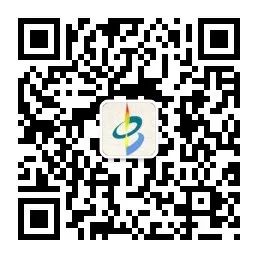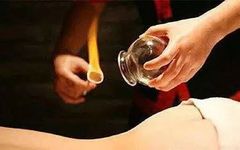Popularizing Traditional Chinese Medicine knowledge and promoting TCM culture
 Cupping Therapy in Traditional Chinese Medicine
Cupping Therapy in Traditional Chinese Medicine
The cupping therapy in Traditional Chinese Medicine, also known as “Jiao Fa”, utilizes physical stimulation and negative pressure to artificially cause capillary rupture and blood stasis, mobilizing the body’s stem cell repair functions and the absorption of necrotic blood cells. This promotes blood circulation, invigorates Qi, regulates Qi and blood, and enhances and regulates the body’s immune function.
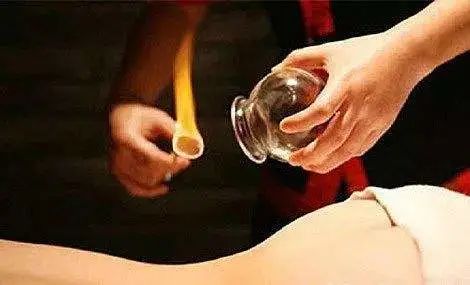

 The Theoretical Basis of Cupping in TCM
The Theoretical Basis of Cupping in TCM
Traditional Chinese Medicine believes that cupping can open the pores and strengthen the body’s righteous Qi while expelling pathogenic factors. Diseases arise from pathogenic factors causing an imbalance of Yin and Yang, leading to abnormal Qi movement and dysfunction of the organs and blood. When the body is invaded by wind, cold, heat, dampness, dryness, fire, toxins, or injuries, it can lead to organ dysfunction and the production of pathological substances such as blood stasis, Qi stagnation, phlegm, food retention, dampness, and evil fire. These pathological substances act as pathogenic factors, disrupting the Qi movement through the meridians and acupoints, causing stagnation in the organs and ultimately leading to various symptoms.
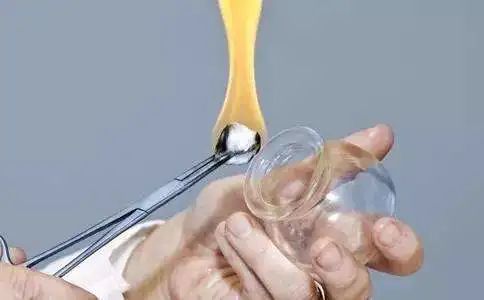
Traditional Chinese Medicine holds that cupping can smooth the meridians and adjust Qi and blood. The meridians have physiological functions such as “transporting Qi and blood, nourishing Yin and Yang, strengthening muscles and bones, and benefiting joints”. When the meridians are obstructed, Qi cannot flow smoothly, and blood stagnates, leading to malnourishment of the skin, muscles, tendons, vessels, and joints, or insufficient nourishment of the blood vessels and dysfunction of the six organs. Through the suction effect of cupping on the skin, pores, meridians, and acupoints, it can guide the Qi of the nutritive and defensive systems to circulate, invigorate the Qi and blood in the meridians, nourish the organs and tissues, warm the skin, and invigorate the weakened organ functions, thus smoothing the meridians and adjusting the balance of Yin and Yang, allowing for the adjustment of Qi and blood, ultimately achieving the goal of health promotion and disease treatment.

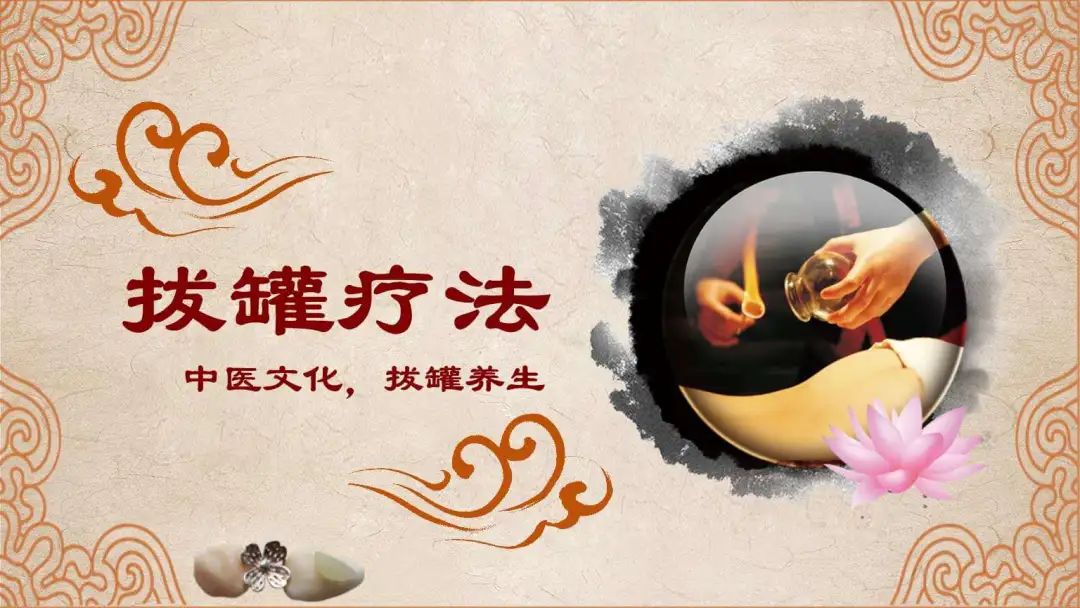
Clinical Applications of Cupping
In clinical practice, cupping therapy can be used for many diseases in internal medicine, external medicine, gynecology, pediatrics, orthopedics, dermatology, and otorhinolaryngology. It has certain therapeutic effects on headaches, dizziness, cough, abdominal pain, and muscle strain in the lower back. Although cupping is often used in conjunction with other treatment methods, its therapeutic effects are significant and sometimes irreplaceable by other methods.
Balancing Yin and Yang
The role of cupping therapy in adjusting Yin and Yang is achieved both through the combination of meridian and acupoint selection and through its integration with other therapies. For example, cupping at the Guanyuan (CV4) point can warm Yang and dispel cold, while cupping at the Dazhui (GV14) point can clear Yang heat. Similarly, cupping can disperse cold, and needling combined with cupping can clear heat. In this way, cupping provides beneficial stimulation to the body, relying on the body’s self-regulatory system to adjust and correct the imbalances of Yin and Yang, restoring balance and health.
Strengthening the Righteous Qi and Expelling Pathogens
In clinical treatment of diseases, the principle of “draining when excess, tonifying when deficient” should be followed to expel pathogenic Qi and support the righteous Qi, either by attacking or tonifying according to the condition, or first tonifying and then attacking. One of the functions of cupping therapy is to expel various pathogenic factors from the body, allowing the evil to leave and the righteous to be stable, while also supporting the righteous Qi. For example, in cases of herpes zoster, cupping can be applied to the area of blisters and pain (Ah Shi points) to eliminate the pathogenic factors, allowing Qi and blood to circulate normally, and nourishing the meridians in the affected area to alleviate pain. Clinical practice has proven that the needling and cupping method is the most effective for expelling pathogens.
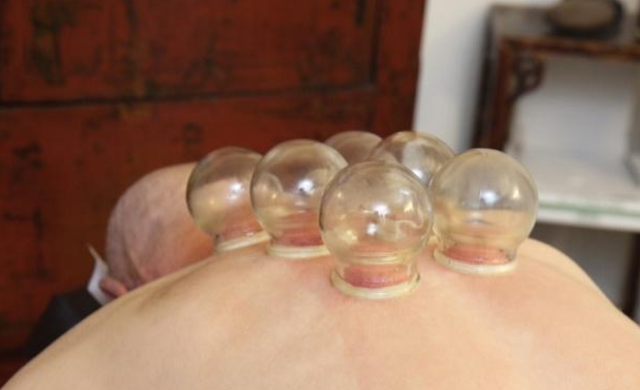
Smoothing the Meridians and Promoting Qi and Blood Circulation
The meridians, which include both the Jing (meridians) and Luo (collaterals), are the pathways for the circulation of Qi and blood throughout the body, connecting the organs and facilitating communication and transmission of information. Qi and blood are the material basis for life activities, nourishing, promoting, and warming the body through the meridians. When there is obstruction in the meridians or an imbalance in Qi and blood, diseases can occur. Thus, the imbalance of meridian Qi and blood is an important pathogenic factor in disease development. Cupping therapy, based on the principle of the physiological and pathological interactions between the meridians and related organs, uses suction on acupoints to guide the Qi of the meridians to circulate, invigorate the Qi and blood, nourish the organs and tissues, enhance the body’s ability to expel pathogens, and thus eliminate diseases.
Invigorating Blood Circulation and Dispelling Stasis, Reducing Swelling and Alleviating Pain
Cupping therapy, through the negative pressure suction effect on acupoints, causes changes such as congestion and blood stasis in the superficial tissues, improving blood circulation and ensuring smooth Qi and blood flow, thus dispersing blood stasis. For local tissues, it can reduce swelling and alleviate pain.
Expelling Dampness and Cold, Discharging Toxins and Pus, Alleviating Symptoms
Due to the negative pressure suction effect of cupping therapy, it can not only draw out wind, cold, and dampness from the muscles and blood vessels, achieving the effects of dispelling wind, scattering cold, and eliminating dampness, but also expel toxic gases and stagnant blood, discharging toxins and pus, thereby improving symptoms.
Text from “Traditional Chinese Medicine and Herbal Medicine Network”

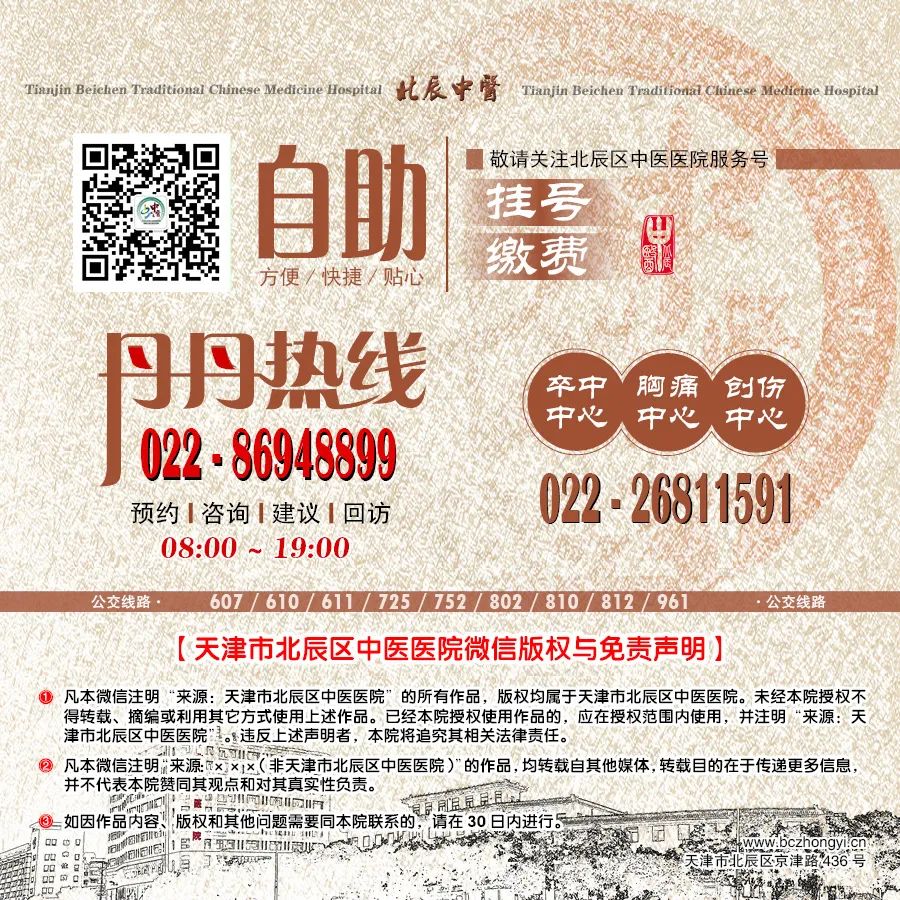
Thank you for watching
Editor-in-Chief: Pei Xiangqian
Editor: Wang Xin
Editor: Kong Wangjun
